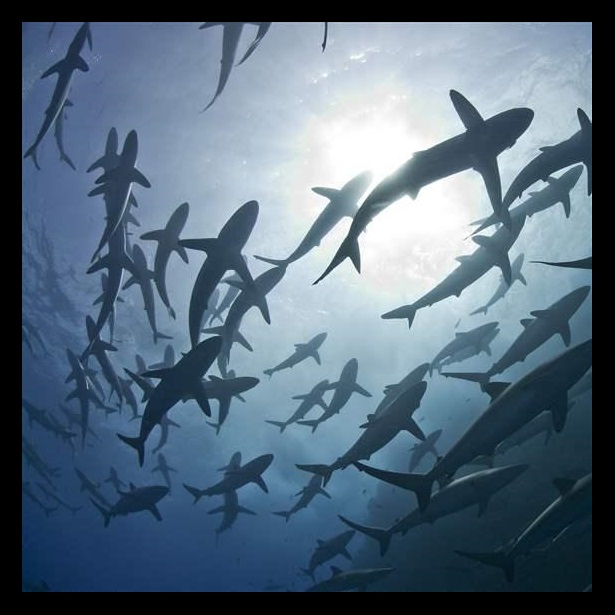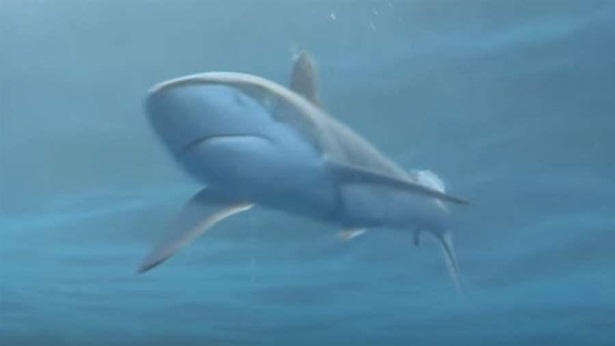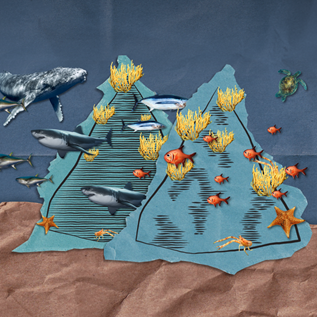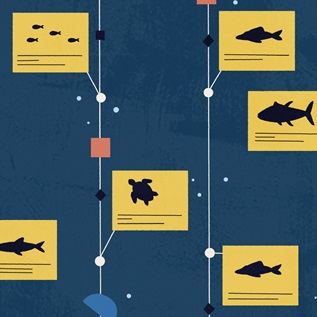A Chance to Expand Global Protections for Sharks and Rays
2016 meeting of the Convention on International Trade in Endangered Species of Wild Fauna and Flora
The Convention on International Trade in Endangered Species of Wild Fauna and Flora, commonly known as CITES, is recognized globally as one of the most effective and best-enforced international conservation agreements. It provides protections to more than 30,000 species and has been instrumental in preventing the extinction of many animals and plants.
Eight species of sharks, two species of manta rays, and all species of sawfish are protected by CITES. That’s a small fraction of the world’s 1,041 shark, ray, and chimaera species, about a quarter of which are threatened with extinction.
In late 2015, Sri Lanka, the Maldives, and Fiji submitted proposals to list three species of thresher sharks, silky sharks, and nine species of mobula ray on what is known as CITES Appendix II. These species have all experienced population declines of greater than 70 percent across their range. In some areas, the declines are up to 99 percent as a result of inadequate management measures, poor enforcement of measures that do exist, and a lack of controls on the level or sustainability of international trade in fins and gill plates of these species.
In response to the growing threat, more than 50 countries agreed to co-sponsor one or more of the Appendix II listing proposals, an unprecedented call to action. Co-sponsors include a range of countries in Africa, the host region for the upcoming CITES Conference of the Parties (CoP17); the European Union and its 28 member nations; and many other countries around the world.
An Appendix II listing for these species would ensure that fins and gill plates that are traded internationally come from sustainably managed fisheries that do not harm the status of these wild populations. In addition, catch in these fisheries would be accurately recorded. Trade controls under CITES would complement and reinforce fisheries management or other conservation measures adopted for these species and help preserve their populations for generations to come.
Votes on the proposed listings will take place at CoP17, which starts Sept. 24 in Johannesburg.

Disappearing Silky and Thresher Sharks
Learn MoreAdditional Resources
MORE FROM PEW
Explore Pew’s new and improved
Fiscal 50 interactive
Your state's stats are more accessible than ever with our new and improved Fiscal 50 interactive:
- Maps, trends, and customizable charts
- 50-state rankings
- Analysis of what it all means
- Shareable graphics and downloadable data
- Proven fiscal policy strategies
Welcome to the new Fiscal 50
Key changes include:
- State pages that help you keep track of trends in your home state and provide national and regional context.
- Interactive indicator pages with highly customizable and shareable data visualizations.
- A Budget Threads feature that offers Pew’s read on the latest state fiscal news.


























